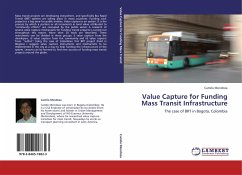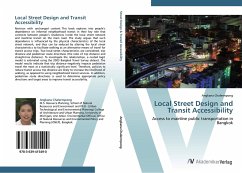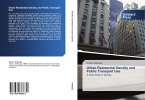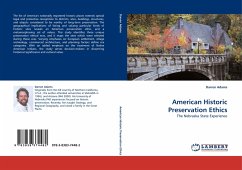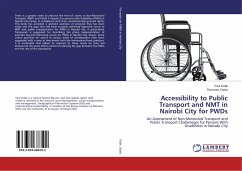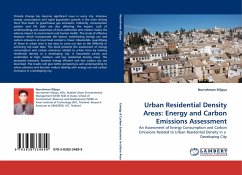Mass transit is probably the most influencing force shaping cities. As straightforward measures between transport and urban land, accessibility and proximity (distance) have direct impact on how land values, land uses and densities thrive or decline in the catchment area of transit corridors. In this book, these variables are analyzed in the case study of the LRT1 in Manila, Philippines. A gravity model built within GIS and applied statistics evidence the influence of accessibility or distance on the variables in time series before and after the LRT1. Three-dimensional GIS helps visualize the correlations found. The results are limited though consistent: accessibility and distance proved to be significantly related to residential land-values, with marginal results for the rest of the variables. The contrast of these results with the urban configuration of Manila and the theory reviewed show the limited impacts found may be consequence of constrained capacity for new development or densification; good pre-existing accessibility; or lack of complementary plans & policies to profit the potential of transport-induced changes on urban space.
Bitte wählen Sie Ihr Anliegen aus.
Rechnungen
Retourenschein anfordern
Bestellstatus
Storno


